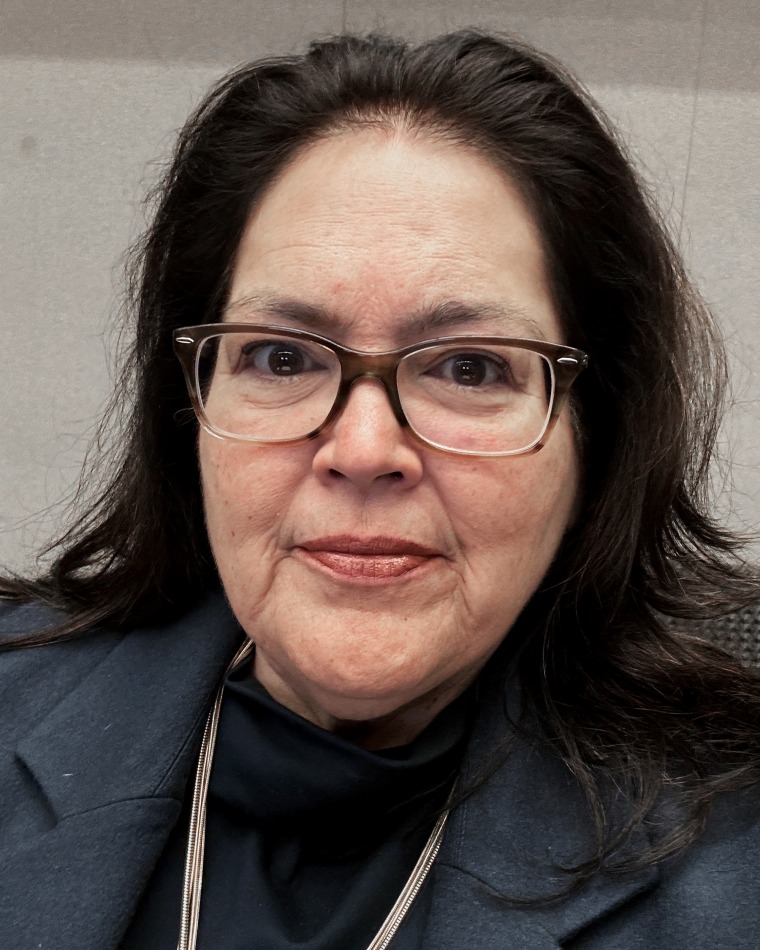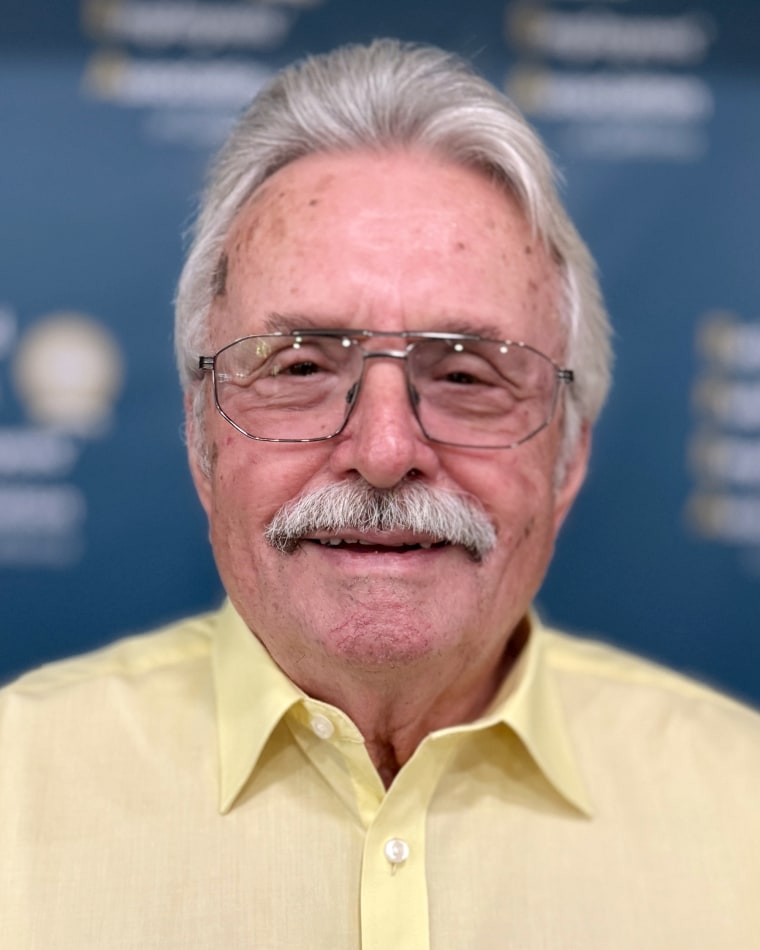California public pension fund, the nation’s largest, faces probe launched by involved retirees
In recent times, the dealing with of the nation’s largest public pension fund has brought on rising alarm amongst a gaggle of retirees who depend on it.
They’ve sought an out of doors audit of California’s $530 billion pension fund, often known as the California Public Staff’ Retirement System, or CalPERS. They’ve additionally tried to steer legislators to put in an inspector basic to observe its operations.
Each efforts went nowhere. Now, they’ve determined to take issues into their very own fingers.
The retired public staff are taking the weird step of hiring a forensic pension investigator to offer readability on the fund’s investments, the excessive charges it’s paying to large Wall Avenue corporations and its lagging efficiency.

“We’re going to take this on, on our personal,” mentioned Margaret Brown, a former CalPERS board member who’s now president of the Retired Public Staff’ Affiliation of California, a nonprofit advocacy group with roughly 22,000 members.
Retirement anxiousness is a nationwide fear, after all, and it looms massive for CalPERS’ 2.3 million members. CalPERS’ obligations to beneficiaries are solely 75% funded, its newest monetary statements present, beneath the nationwide common of 83.1%, in line with the Nationwide Convention on Public Worker Retirement Methods.
CalPERS’ investments have lagged behind different pensions’ — its portfolio of shares, bonds, actual property and personal fairness returned 6.6% on common in every of the previous 5 years, towards the typical public fund’s acquire of seven.15%, in line with NCPERS. Final yr was a bit higher, with CalPERS up 9.3% versus the typical public pension fund return of 9.47%. Nonetheless, CalPERS’ one-year acquire lagged behind its benchmark return of 10.3%.
Though publicly traded shares have been amongst CalPERS’ finest performing belongings of late, the fund has elevated its publicity to expensive and opaque non-public investments, together with non-public fairness.
The latest annual monetary report reveals CalPERS had 15.6% of its portfolio in non-public fairness, up from its earlier goal weight of 10% in 2023. Measured over one-year, five-year, 10-year and 20-year durations, CalPERS’ non-public fairness has underperformed its benchmark in three of these time frames, its information present.
In the meantime, different massive institutional traders are dumping non-public fairness investments as their efficiency wanes. In a February report about pension funds typically, S&P World analysts characterised growing publicity to non-public fairness as problematic for pensions “since these investments typically have opaque and variable disclosures and growing charges, that means that threat versus return is perhaps arduous to measure.”
Massive state pension funds’ publicity to non-public fairness and restricted transparency has additionally prompted issues in different components of the nation, together with in Ohio and Minnesota.
Brown, who was on the CalPERS board from 2018 by way of 2022, spent her profession at Backyard Grove Unified College District and was accountable for the district’s planning, funding and development of large-scale capital tasks.
“Our members who’re listening to what’s occurring at CalPERS are involved concerning the funding selections and the 75% funding,” she mentioned.
The fund’s determination to plow more cash into non-public fairness as different savvy traders are lowering their holdings is a serious fear, she mentioned.
“Does anybody truthfully imagine that CalPERS is aware of greater than the main traders all over the world?” Brown requested. “Or is CalPERS merely betting that non-public fairness will save the pension fund and bolster returns? I imagine the latter.”

J.J. Jelincic, one other ex-CalPERS board member who’s now director of well being advantages on the Retired Public Staff’ Affiliation, is particularly involved a couple of lack of transparency within the pension fund’s operations.
“They’re getting an increasing number of secretive, and that clearly is upsetting,” he mentioned. “It’s getting tougher and tougher to know what they’re as much as.”
James Scullary, a CalPERS spokesman, declined to touch upon the brand new investigation. As for the pension fund’s larger allocations to non-public fairness, he mentioned the investments have outperformed all its different asset courses over the previous 20 years, producing a 12% annualized return.
Nonetheless, that return failed to fulfill the benchmark CalPERS used for the asset class within the interval.
As for the CalPERS’ 75% funding standing, Scullary mentioned it’s well-prepared to offer funds to pension beneficiaries “for years to come back.” CalPERS, he added, “is unwavering in its dedication to serving one of the best pursuits of its members, making certain their monetary safety and well-being each now and sooner or later.”
Brown and Jelincic mentioned they intend to lift the cash to pay for the CalPERS evaluation from members of the retired staff affiliation and anybody else with an curiosity in holding the fund to account.
They plan to rent their very own forensic pension investigator — Edward Siedle, a former Securities and Alternate Fee legal professional — as a result of their earlier efforts to observe the fund’s operations failed.
These included unsuccessful makes an attempt to get state legislators to order an audit of the fund and to require the creation of an inspector basic to supervise it, Brown mentioned.
Siedle’s job received’t be straightforward. He has confronted opposition to his work at different pensions and mentioned he expects the same response from CalPERS.
Different massive public pensions have inspectors basic monitoring their actions. In 2008, after a pay-to-play scandal involving the New York State Widespread Retirement Fund, New York Comptroller Thomas DiNapoli established the Workplace of the Inspector Normal “to stop, detect and deter corruption, fraud, legal exercise, conflicts of curiosity and abuse throughout the Workplace and throughout the NYS Widespread Retirement Fund.”
Scullary, of CalPERS, mentioned oversight of the fund’s operation comes from its unbiased auditor and 13-member board. However Jelincic mentioned when he requested copies of inside audits, he was suggested that some are exempt from disclosure, so the auditor’s oversight is tough to evaluate. Previous causes for denying entry to audits embody claims of attorney-client privilege and proprietary info in non-public fairness paperwork.
At Scullary’s suggestion, NBC Information raised Brown’s and Jelincic’s issues with Rocco Paternoster, government director of California State Retirees, a 44,000-member advocacy group advocating for retired state staff on their pension and well being advantages. Paternoster characterised Brown and Jelincic as disgruntled former CalPERS board members and mentioned that whereas his members would love the funding stage to be larger than the present 75%, it “just isn’t one thing we’re panicked about.”
Requested about CalPERS’ elevated commitments to expensive non-public fairness partnerships, Paternoster mentioned, “We imagine that you must incentivize individuals to work arduous in your behalf. Commissions and costs will not be a priority for us.”
CalPERS information present it paid non-public fairness managers $569 million in funding charges in its most up-to-date fiscal yr, simply over half of the entire $1 billion the fund paid in charges to handle its investments.
Brown and Jelincic will not be the one retirees involved concerning the state of CalPERS.

“I significantly really feel my pension is in danger,” mentioned David Soares, a former prosecutor within the San Francisco Bay space who retired in 2016 after 32 years on the job. “What we’re seeing is an absolute wholesale looting of the fund by way of charges being paid to exterior managers. They’re letting billions of {dollars} fly out the door with no profit.”
CalPERS’ government ranks have additionally skilled turmoil over the previous decade. A former chief government of the fund, Federico R. Buenrostro, acquired a 4.5-year jail sentence in 2016 for accepting $250,000 in money bribes from a placement agent who solicited pensions to put money into non-public fairness funds.
Since 2020, the fund has seen turnover amongst its chief funding officers, with two leaving unexpectedly after quick tenures. One left after it got here to mild that he owned shares in a personal fairness firm that does enterprise with CalPERS.
In one other setback, a state decide concluded that the fund had violated California’s open conferences regulation. Scullary declined to touch upon the violation, saying the fund follows the regulation.
Siedle, the investigator employed by the retired public staff group, has probed three public pension funds in recent times. His 2024 evaluation of the Minnesota Lecturers Retirement Affiliation pension, commissioned and crowdfunded by a gaggle of retired educators, discovered the pension had underreported the charges it was paying to funding managers by failing to reveal massive funds to non-public fairness managers.
Following the investigation, the fund started itemizing these funds — $80 million in 2024, or 76% of the fund’s whole exterior supervisor charges.
Sara Swenson, a spokeswoman for the Minnesota pension, mentioned in an announcement that the charges, though beforehand undisclosed, had at all times been netted out of the fund’s return calculations. The brand new apply of detailing charges paid to non-public funding managers “was made potential by work that started a few years in the past,” she mentioned.

